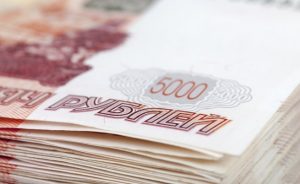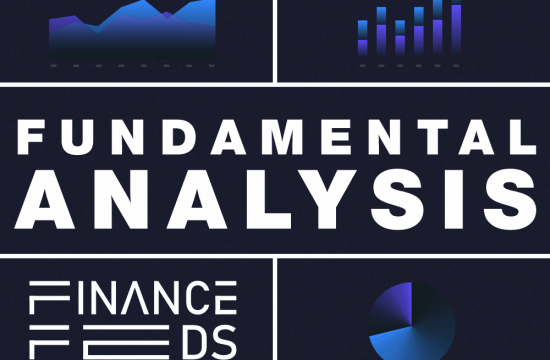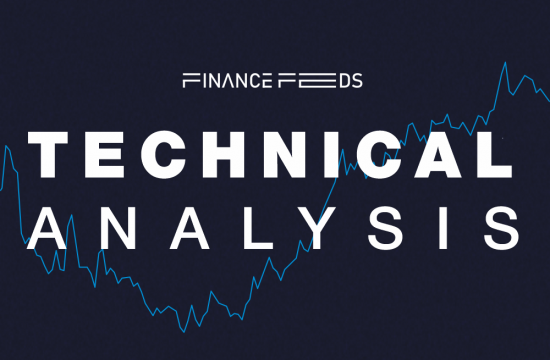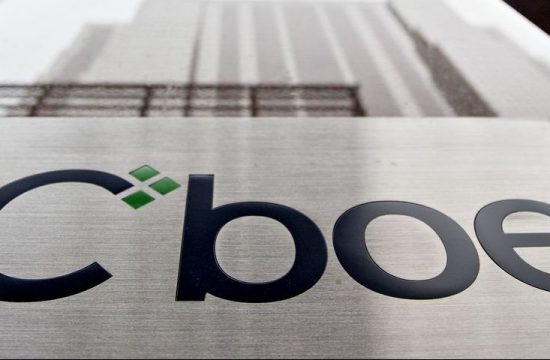The Bank of Russia has announced plans to roll out the first real-world pilot for the digital ruble in April 2023 instead of 2024, as the nation fast-tracks plans to circumvent Western sanctions.

Thirteen banks and select merchants have been qualified to participate in the trials of the central bank digital currency (CBDC), deputy governor Olga Skorobogatova said at a cyber security and finance forum.
Like other regulators, the Bank of Russia will restrict the amount of CBDC available to limit the flight of commercial bank deposits to the digital version. Instead, it intends to roll out the digital ruble gradually and believes that the underlying demand will depend on ease of use, transaction costs, and the ability to convert the funds.
To avoid a significant reduction in banking system’s liquidity, the central bank said the interest on deposit will remain attractive to consumers compared to the non-interest-bearing digital ruble. Following the first pilot stage, Bank of Russia would indicate the number of general customers that would be able to participate and also stands ready to introduce limits on the amounts of digital rubles that a wallet can hold.
“We plan to launch the digital ruble project on April 1, with transactions involving individual transfers as well as payments in trade and service enterprises,” Skorobogatova stated.
The deputy governor floated the idea of cross-border integration with the digital yuan and the central bank digital currencies (CBDCs) of other friendly countries.
Due to the economic consequences resulting from the sanctions, Russia has started to work on a new monetary and financial system for the country. Part of this is to develop a commodity-backed stablecoin that will be pegged to recognized assets like gold, so the value is clear and observable for all participants.
Elsewhere, Russia was reportedly in discussions with Iran to develop a new gold-backed stablecoin as sanctions from US and its allies amount against the two countries.
Iran and Russia are jointly looking for a new digital format for international settlements that can operate around Western sanctions. The new “token of the Persian Gulf region” would be used as a means of payment in foreign trade settlements instead of the US dollar, the Russian ruble, or the Iranian rial.
A gold-backed ruble stablecoin will allow Russia and Iran to peg the international gold rate instead of a fiat currency. The digital currency would also allow other countries to exchange this coin amongst themselves without external participation in transactions.











